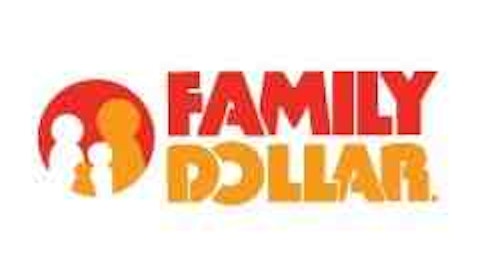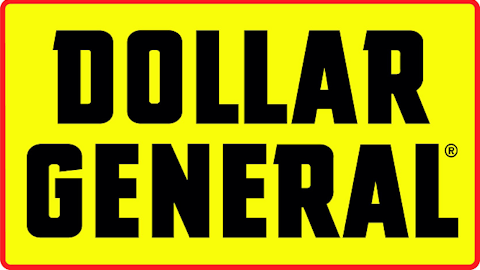Over the past couple of years, with the recession putting the squeeze on U.S. households’ finances, low-price consumer goods kept selling like hotcakes. Yet, after reporting rather disappointing first-quarter results, shares of deep-discount retailer Dollar General Corp. (NYSE:DG) took a 9% nosedive.
Does this recent slump provide an attractive entry point, or should investors just stay away from this retailer?
The gist

While the company delivered bottom-line results that were in line with analysts’ expectations, the payroll-tax hit to consumers’ pockets, as well as weaker margins due to greater markdowns and higher sales of low margin products raised a red flag.
As a result, the small-box discount retailer had to lower the top end of its guidance for the fiscal year. It expects earnings to roll in within the range of $3.15 to $3.22 a share versus its previousguidance range of $3.15 to $3.30 a share.
A mature market?
Since the outbreak of the crisis, the low-price consumer goods business has been on fire. Small-box discount stores have been popping up like wild mushrooms in malls and shopping centers across the U.S.
During the first quarter of 2013 alone, single-price point retailer Dollar Tree, Inc. (NASDAQ: DLTR) opened 94 new stores and expanded or relocated 16 stores. Retail selling square footagejumped 7% compared to a year ago to 41.2 million square feet.
Family Dollar Stores, Inc. (NYSE: FDO), which prices most of its merchandise for less than $10, increasedthe net number of its stores by 223 during the first half of fiscal 2013.
Since 2008, Dollar General Corp. (NYSE:DG)’s store count has, pretty much, swelled. Over the past five years, it added more than 2,000 new shops, building a huge network of around 10,000 stores.
Could this ongoing new-store-frenzy take the small-box discount retail market a step closer to its mature phase? After all, most players in the space are grumbling about slowing same-storesales growth. For how long can discount retailers continue to enlarge their already extensive operating networks, before this market starts to move at a snail’s pace?
Given the fact that the job market has not fully recovered yet, and there still is a sense ofuncertainty in the air, bargain products will continue to lure budget-conscious consumers.
But, competition is most definitely heating up, especially as large discount chains like Wal-Mart Stores, Inc. (NYSE:WMT) and Target Corporation (NYSE:TGT) are continuously sticking their nose in the low-price consumer goods business byrolling out smaller-format stores and chasing low-income customers. So, don’t you think that this market is getting a bit overcrowded?
Consumables vs. discretionary sales
Overall, most retailers faced the blues because delays in tax refunds, volatile gas prices, and payroll-tax hikes took a toll on their sales growth. But, more alarming was the adverse impact on their profits resulting from rising low-margin products’ sales.
For the second quarter ended Mar. 2, Family Dollar Stores, Inc. (NYSE:FDO) missed analysts’ bottom-line estimates by a hair, even though net sales jumped nearly 18% on a year-over-year basis to $2.89 billion. Revenue growth was backed by feverish sales in the consumables category, which is mostly comprised by a mix of low-margin products. The retailer lowered its fiscal-year 2013 guidance mainly because of expectations of constrained discretionary sales. It now expects fiscal 2013 earnings of $3.73 to $3.93 per share versus its previous guidance of $3.95 to $4.20 per share.
Against this backdrop of dubious earnings visibility, Dollar Tree, Inc. (NASDAQ: DLTR) went ahead of the pack. It beat estimates on EPS and raised its full-year guidance. Fiscal year 2013 diluted EPS is now expected to be $2.61 to $2.77. During the most recent quarter, it struck a profit of $0.59 per diluted share, up 18% from a year ago, and achieved a record first-quarter operating margin. What was Dollar Tree’s “differentiating factor?” It’s discretionary business. Dollar Tree managed to draw customers’ interest to candy, stationary, healthcare products, and party supplies instead of basic, yet, low-margin consumables.
Dollar General Corp. (NYSE:DG) did fairly well, considering that it had to deal with additional setbacks, such as the rise in shoplifting, as well as employee thefts, especially after adding items that cost more than$5.



